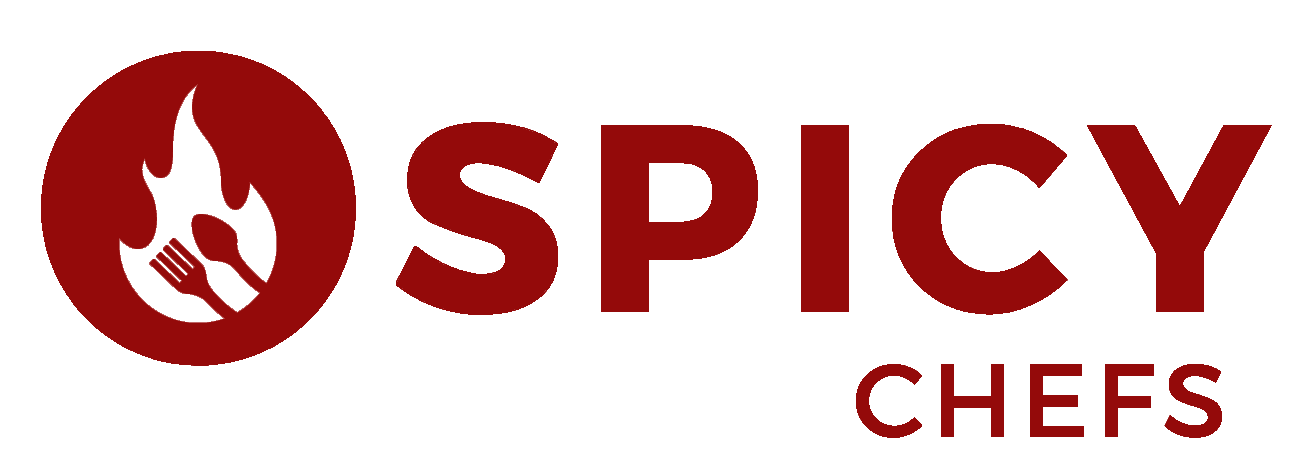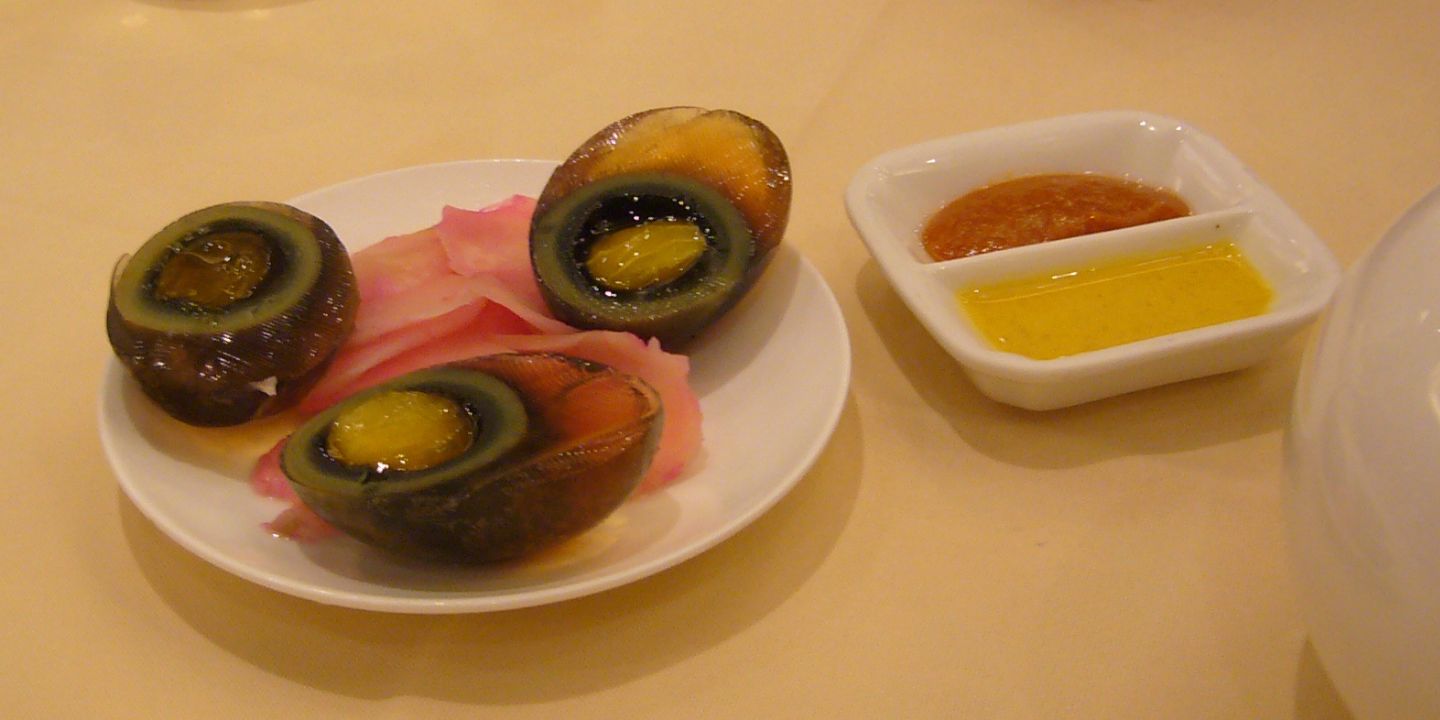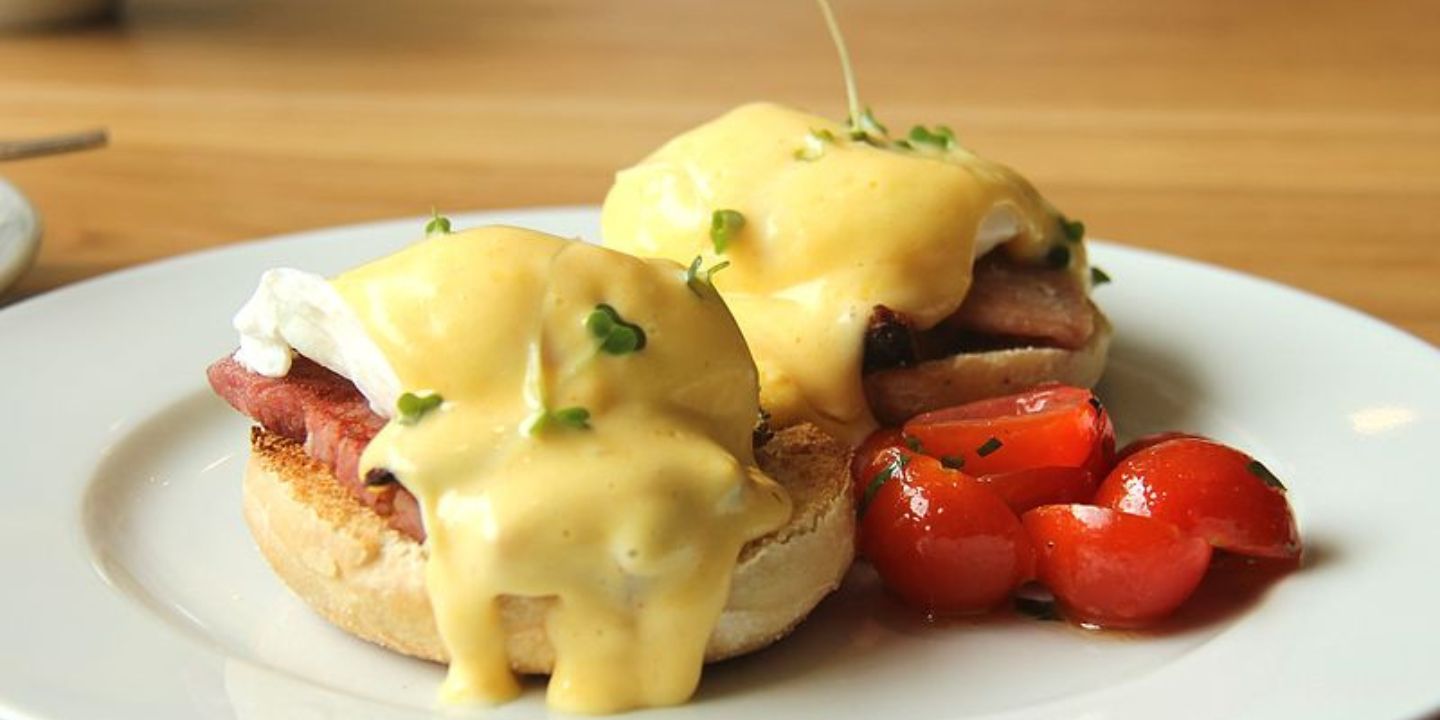The Best Breads
Everyone loves bread, and it’s an integral part of so many diets. From French toast in the morning to a sandwich for lunch, we rely on this carb to carry a lot of our meals. However, not all breads are made equally, with some being far healthier than others. With that in mind, here are 10 breads you should keep in your kitchen, and 10 that are considered wildly unhealthy.
1. Sprouted Whole Grain
Sprouted whole grain bread is a great source of antioxidants and fiber, which help our metabolism and improve immunity. It’s easy on the stomach when it comes to digestion and helps make us feel full for longer. It’s also a good protein source, meaning you get more of the stuff your body needs throughout the day.
2. Sourdough
A very popular bread, sourdough is made through a natural fermentation that breaks down gluten and makes the bread easier to digest. The bread's unique good bacteria help promote gut health as well. There is also an added benefit of sourdough bread having a longer shelf life, as it’s more resistant to mold due to the natural acids that are created during the fermentation process.
3. 100% Whole Wheat
Whole wheat bread is already healthier than most others, which naturally makes a 100% whole wheat bread even better. This way of making the bread preserves the bran and germ, meaning you get more fiber, minerals, vitamins, and nutrients. Whole grains also have a number of other health benefits, such as decreased risk of diabetes and heart health support.
4. Oat Bread
Oat bread is highly nutritious and has numerous health benefits. It’s rich in a type of fiber that helps lower cholesterol and is made from complex carbs, which provide our body with sustained energy. It’s a very delicious and filling bread that helps with preventing overeating, all while improving digestion and overall health.
 martinak15 from United States on Wikimedia
martinak15 from United States on Wikimedia
5. Flax Bread
Flax bread is made from whole grain flours and flax seeds, making it one of the healthiest breads out there. It’s rich in omega-3 fatty acids and fiber, which helps reduce inflammation and promotes better cardiovascular health. The high fiber content in this bread also supports digestion and helps stabilize blood sugar levels.
6. 100% Sprouted Rye Bread
Rye bread made from 100% sprouted rye grains is richer in nutrients and fiber than white bread or even traditional rye bread, making it that much healthier and better for our gut health. It also has a higher magnesium content, which further helps with our muscle and bone health, as well as helps reduce blood sugar spikes. It’s a great bread for helping with weight control, as it makes us feel fuller for longer.
7. Healthy Gluten-Free Bread
Gluten-free breads made from quinoa, sorghum, coconut flour, or even brown rice are a much healthier and nutritious alternative to more commonly used breads. It’s a great option for people who need to avoid gluten or have a sensitivity to it. Even if you don’t have to look for a gluten-free bread, these ones still offer a good amount of fiber, vitamins, protein, and support gut health.
8. Multigrain Bread
Multigrain bread is a bread made with a mixture of whole grains like oats, millet, flax, or barley, making the bread much more nutritious and filling. While the grains can vary, they usually bring a variety of different vitamins, minerals, antioxidants, and fibers to the mix. One thing to be mindful of when buying this bread is that the grains are not refined, which should be stated somewhere on the label.
9. Dark Rye Bread
Dark rye bread is a dense and hearty bread that is very filling and absolutely delicious. It’s packed with nutrients such as fiber and iron, as well as antioxidants that help promote better heart health. On top of all that, dark rye bread also has prebiotics, which are good for gut health.
 Vyacheslav Argenberg on Wikimedia
Vyacheslav Argenberg on Wikimedia
10. Linseed Bread
Linseed bread provides a good amount of omega-3 fatty acids, plant-based protein, and fiber. This is especially good for promoting digestive and cardiovascular health. The bread has up to five times the amount of fiber compared to white bread, making it a good bread for supporting digestion and weight management.
Now that we talked about some of the best breads, here are 10 you’ll want to avoid.
1. Sweet Rolls
Sweet rolls are often loaded with more sugar than necessary, made with refined flour, and full of unhealthy fats. They provide little to no nutritional value and can cause a very fast and dangerously high blood sugar spike. Eating these types of bread regularly can also lead to weight gain and increase food cravings, which can cause more problems over time.
 hawaiianfoodrecipe on Wikimedia
hawaiianfoodrecipe on Wikimedia
2. Potato Bread
While delicious, potato bread is high in sugar and often made with processed enriched flour and additives. It’s a soft bread that gives a nice texture and is fun to eat but does not contain much when it comes to vitamins and nutrients. Many brands also add preservatives and other artificial ingredients, making the bread even less healthy.
 (Sujalajus (talk)) on Wikimedia
(Sujalajus (talk)) on Wikimedia
3. Texas Toast
Texas toast is indulgent for sure, but while it may be full of flavor, it’s also made with lots of butter and oils that are not good for our bodies. The fluffy texture comes from refined flours that don’t have enough fiber or essential nutrients to justify eating it. Simply put, it is a bread high in empty calories that can lead to blood sugar crashes and elevated cholesterol levels.
 This JPG graphic was created with Inkscape . on Wikimedia
This JPG graphic was created with Inkscape . on Wikimedia
4. White Bread
White bread is one of the most commonly used breads, but it’s also one of the least healthy ones. It’s made from refined flour, which strips the bread of the good germs and bran, as well as most of the fiber and nutrients it would otherwise have. Regularly eating white bread leads to obesity and is linked to diabetes and heart disease.
5. Brioche Loaf
Brioche is a rich-tasting bread that is closer to a dessert than bread. Made with butter, sugar, eggs, and milk, it deviates from what bread should bring in terms of nutrients, while being higher in saturated fats and calories. It’s by no means as bad as some other breads, but as far as the healthy contents go, it lacks many of the essential ones.
6. “Italian” Bread
While artisanal bread loaves are usually much richer in nutrients, many commercial “Italian” breads are not that at all. They are made with white flour, sugars, and preservatives, making them unhealthier than one might assume. The fluffy texture and light and airy crust usually mean that the bread is low in fiber and has fewer nutrients than desired.
7. Marble Rye Bread
Rye bread is healthy, but marble rye is usually just a lesser version of the good thing. This bread is made by mixing rye with refined white flour, often adding sugars as well, which greatly reduces the nutritional value of the bread. While it is far less healthy than pure dark rye, it’s simply a cheaper and less healthy version of it.
 Jeremy Noble from St. Paul, United States on Wikimedia
Jeremy Noble from St. Paul, United States on Wikimedia
8. Cinnamon Raisin Bread
Cinnamon raisin bread sounds delicious, and it is, but at the cost of added sugars, refined flours, and sometimes even artificial ingredients. The raisins are naturally sweet and rich with fiber, but they also increase the sugar content of the bread significantly. Many commercial brands also add preservatives and oils, making it even more unhealthy as bread.
9. Panera Everything Bread
Marketed as a flavorful and hearty bread, Panera’s Everything Bread is a bit deceitful when it comes to the actual ingredients. It’s typically made from enriched white flour and oils that are highly processed and unhealthy, contradicting the advertising. The entire bread lacks fiber and whole grain benefits that other breads provide, making the toppings of the bread the only source of nutrients.
10. Sweet Hawaiian
Sweet Hawaiian bread is more of a dessert than a bread. It’s very high in sugar, made with enriched flour, contributes to sugar cravings, and causes blood sugar imbalance. If you are aiming for a healthier diet, it is probably best you stay away from this one, especially if you care about your food being rich in nutrients and minerals.






















